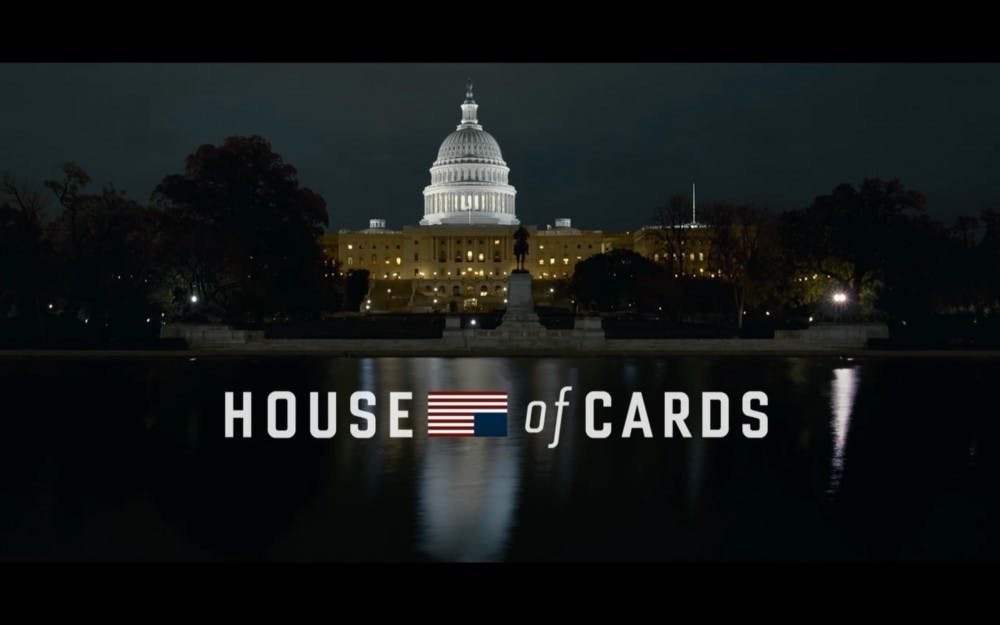After a long year of waiting, I sat down on my bed at 2:30 p.m. on Friday, opened up my Netflix, and prepared myself to have my mind blown by the third season of House of Cards.
My expectations were not just met – they were exceeded.
I cannot count the amount of times I whispered to myself “oh my god” or shouted “NOOOOO” dramatically to my computer screen. The first hour of the new season was packed with surprising plot changes from where the last season had left off. Although I haven’t finished the season yet, it sets up the next twelve episodes to be a wild ride of political conflict, changing loyalties and emotional breakdowns.
It wasn’t always the big plot moments that captured me, at least, not completely.
The first time Frank Underwood (Kevin Spacey, Horrible Bosses 2) speaks to the camera, I felt chills go down my spine. It’s the smaller elements of the show I didn’t realize I had missed. The way text messages appear on the screen between characters, or the formal language used during scenes in Congress to authenticate the government setting.
Directors work hard to make politics of the show seem real, with alliances between members of Congress, secret meetings and a behind the scenes look of how bills are drafted and how quickly the government is forced to move.
It’s this sense of realism that makes the show work – it creates a perfect backdrop for the triumphs and tribunals of the players in the game. When someone fails, you see how much work feels wasted. As polls come in and bills are voted on, you’re waiting just as eagerly for the results as the politicians themselves. As a viewer, you are placed in the world of Underwood’s presidency.
Claire (Robin Writght, A Most Wanted Man) and Frank’s relationship is one of many that are put to the test throughout the season. Claire’s strength is, and always has been, admirable – with goals as lofty as her husband’s, it’s interesting to see her in the position of First Lady, where she is publicly affiliated with Frank’s decisions and opinions. Wright gives Claire the right amount of political determination, while subtly using her charm and position of power to get her what she wants.
The sub-plots of the show are also enrapturing, bringing the secondary characters to the brink of their emotional capabilities. Without spoiling the details, characters from the past seasons are reinvented in a new light, with storylines that differ from what we’ve previously seen but still maintain the character’s qualities that have taken two seasons to develop.
We learn even more about these characters through their subplots, but what’s more interesting is how directors manage to keep everyone connected through degrees of separation. Though not everyone is in the same position as they were in last season, the stories of multiple people weave themselves together in a new and exciting way – a difficult task to accomplish on the part of the writers.
My initial reaction when the season came out was to binge watch – I had waited so long for it to come out I couldn’t imagine waiting to go through it. I figured once I started the season, I wouldn’t be able to stop.
What hit me was that I couldn’t enjoy it that way. My favorite part of the show was the ending of each episode, and the way it was always a cliffhanger, begging you to wait the 20 seconds for the next episode to begin.
But it’s waiting, be it a few hours or a couple days, to see the conclusion to a resolution that makes the show to worth the watch.
Tori Roseman is a senior arts editor and can be contacted at tori.roseman@ubspectrum.com
Disagree? Read the review against House of Cards here.





